10 amazing and incredible phenomena and events associated with the stars
 Source:
Source:
Stars are very important objects. They provide light, heat, and even give life. Our planet, people and everything around us are made of Stardust (97 percent, to be exact). And even the stars are a constant source of new scientific knowledge because they are sometimes able to demonstrate such unusual behavior, imagine that would be impossible if we didn't see it. Today you will find ten of the most unusual of these phenomena.
the
Future supernova can "shed"
Fading of a supernova usually occurs a few weeks or months, but scientists were able to study the different mechanism of cosmic explosions, known as the fastest developing optical transients (fast-evolving luminous transient, FELT). About these explosions has long been known, but they occur so fast that for a long time they were not able to study in detail. At the peak luminosity of these flashes is comparable to the supernova type Ia, but they occur much faster. The maximum brightness they reach in less than ten days and less than a month to completely disappear from sight.
To Study the phenomenon helped the space telescope "Kepler". FELT the incident 1.3 billion light years from us and received the designation KSN 2015K, was extremely short even by the standards of these fleeting flashes. The buildup of Shine took only 2.2 days, and only 6.8 days brightness exceeded half of the maximum. Scientists have found that the intensity and brevity of illumination is not caused by the decay of radioactive elements, a Magnetar or a black hole, which could be nearby. It turned out that we are talking about a supernova explosion in the cocoon.
In the last stages of life of stars can be stripped off the outer layers. Usually are so part with their substance is not too massive bodies, which is not threatened by the prospect to explode. But future supernova, apparently, can happen episode like this "molting". This last stage of life of stars is still not well understood. Scientists explain that when the shock wave from a supernova collides with a substance shed shell — going FELT.
theMagnetar able to create extremely long gamma-ray burst
In the early 90-ies of astronomers has discovered a very bright and long-lasting emission of radiation, which is the strength could compete with the most powerful at that time known source of gamma radiation in the Universe. He was nicknamed "the Ghost." Very slowly saruhashi signal was observed by scientists for nearly 25 years!
Normal emission of gamma radiation lasts for no more than a minute. And their sources generally are neutron stars or black holes colliding with each other or sucking "careless" neighboring stars. However, such a continuous emission of radiation showed scientists that the knowledge about these phenomena we have virtually minimal.
In the end, the astronomers determined that the "Ghost" is located inside the small galaxy at the distance of 284 million light years. In this system continue to form stars. Scientists believe this area of special environment. Previously, she was associated with the rapid radiosystemy and education of magnetron. The researchers suggest that one of magnetron, representing the balance of the star, which in life is 40 times bigger than the mass of our Sun, and was the source of this sverhpredelna gamma-ray emission.
thea Neutron star with a speed of 716 revolutions per second
About 28 000 light years away in the constellation of Sagittarius is a globular cluster Terzan, where one of the main attractions is the local neutron star PSR J1748-2446ad, which rotates at a speed of 716 revolutions per second. In other words, the thing's mass of our Sun, but a diameter of about 32 kilometers rotates two times faster than your home blender.
If this object was slightly larger and rotated a little faster, because of the speed it clumps'd scatter around the surrounding space of the system.
theWhite dwarf, the "resurrection" themselves at the expense of the companion star
The Cosmic x-ray radiation can be soft and hard. For soft requires only heated to a few hundred thousand degree gas. Hard requires real space "furnace", heated to tens of millions of degrees.
It Turns out that there is also "soft" x-rays. It can create white dwarfs, or at least one, which now will be discussed. This object is ASASSN-16oh. Studying its spectrum, scientists have detected the presence of low-energy photons soft x-ray range. First, scientists assumed that the reason for this are non-permanent thermonuclear reactions, which can run on the white-dwarf surface, hydrogen and helium, pulled from the companion star. Such reactions should begin suddenly, briefly covering the entire surface of the dwarf, and again to subside. However, further observations of ASASSN-16oh failed scientists to another assumption.
According to the proposed model, partner of a white dwarf in ASASSN-16oh is loose the red giant, which he intensively pulls substance. This substance is moving closer to the surface of the dwarf, twisting around in a spiral and is heated. It was his x-ray radiation was recorded by scientists. The mass transfer is unstable and extremely fast. Ineventually, the white dwarf "hope" and lit up a supernova, killing at the same time and his star companion.
thepulsar, burning out its star-companion
Typically, the mass of the neutron star (it is believed that neutron stars are pulsars) is about 1.3−1.5 solar masses. Previously the most massive neutron star was considered the object PSR J0348+0432. Scientists have found that the mass of 2.01 times greater than the sun.
The Neutron star PSR J2215+5135, opened in 2011, is a millisecond pulsar and has a mass exceeding the mass of the Sun is about 2.3 times, which makes it one of the most massive neutron from more than 2 000 of these celestial bodies known at the moment.
PSR J2215+5135 is part of a binary system in which two gravitationally bound stars rotate around a common center of mass. The astronomers also found that the objects rotate around the center of mass in this system with a speed of 412 km per second, making a full rotation in just 4.14 hours. The companion star of the pulsar has a mass of only 0.33 sun, but in size several hundred times its dwarf neighbor. However, the latter is not stopping literally to burn with radiation the side of the companion facing the neutron star, leaving in the shadow of his far side.
thethe Star, who gave birth to a companion
The Discovery managed to make, when scientists observed a star MM 1a. The star is surrounded by protoplanetary disk and scientists had hoped to see in it the beginnings of the first planets. But what was their surprise when, instead of the planets they saw in him the birth of a new luminary — MM 1b. Such scientists have observed for the first time.
A case is Described, according to the researchers, unique. Usually the stars are rising in the "cocoons" of gas and dust. Under the force of gravity, this "cocoon" is gradually destroyed and transformed into a dense gas and dust disk from which the planets formed. However, the disk 1a MM was so massive, that instead of planets it was born another star — MM 1b. Experts were also surprised by the huge difference in mass of the two stars: 1a MM it is 40 Sunny, and MM 1b easier of our sun by almost half.
Scientists say that such a massive star as MM 1a only live about a million years and then explode as supernovae. So even if MM 1b and have time to get their own planetary system for a long time, this system will not last.
theStar bright somatomedinami tails
Using the ALMA telescope, scientists have discovered cometophobia stars in a young but very massive stellar cluster Westerlund 1, located about 12 000 light years away towards the southern constellation of the Altar.
The Cluster includes about 200 000 stars and is relatively young in astronomical terms – about 3 million years, which is very small even in comparison to our own Sun's age is about 4.6 billion years.
Exploring these luminaries, scientists have noted that some of them are observed very lush cometophobia "tails" of the charged particles. Scientists believe that these tails are created by the powerful stellar winds generated by the massive stars in the Central region of this cluster. These massive structures cover significant distances and demonstrate the effect that can have environment on the formation and evolution of stars.
theMysterious pulsing star
Scientists have discovered a new class of variable stars, called "blue large amplitude pulsators" (Blue Large-Amplitude Pulsators, BLAPs). They are distinguished by very bright blue light (temperature 30 000К) and very fast (20-40 minutes) and very strong (0.2-0.4 magnitude) of the ripple.
The Class of these objects is not fully studied yet. Using the technique of gravitational lensing, scientists, among, around 1 billion of the studied stars were able to find only 12 of such bodies. As they ripple their brightness can change up to 45 percent.
There is an assumption that these objects are proevolutionsoccer low-mass stars with golivewire shells, but the exact evolutionary status of the objects remains unknown. According to another hypothesis, these objects can be a strange way "merged" double stars.
theDead star halo
Around radicicola pulsar RX J0806.4-4123 scientists have discovered a mysterious source of infrared radiation, stretching about 200 astronomical units from the Central region (which is about five times further than the distance between the Sun and Pluto). What is it? According to astronomers, it may be an accretion disk or nebula.
The Scientists examined a range of possible explanations. The source may be the accumulation of hot gas and dust in the interstellar medium, since in this case the circumstellar matter must have dissipated due to the intense x-ray radiation. Also excluded was the possibility that this source is actually a background object like a galaxy and is not located next to RX J0806.4-4123.
According to the most probable explanation of this object may represent the accumulation of matter that was ejected into space in the supernova explosion, but then was drawn back to the dead star to form around the latter a relatively wide halo. Experts believe that all of these options can be checked using the still under construction space telescope "James Webb".
thea Supernova is capable of destroying entire star clusters
Stars and star clustersformed in the collapse (compression) of a cloud of interstellar gas. Within these increasingly dense clouds, there are some "clots", which under the action of gravity are drawn closer to each other and finally become stars. After that, the stars of "blow" powerful streams of charged particles, similar to the "solar wind." These threads literally swept the remaining interstellar gas from the cluster. In the future, the stars forming a cluster, can recede from each other, and then the cluster splits. It all occurs rather slowly and relatively quietly.
Relatively recently, astronomers have discovered that the process of disintegration of star clusters can contribute to supernova explosions and the appearance of neutron stars, which creates a very powerful shock wave emitted zvezdoobrazovaniya matter from clusters with speeds of several hundred kilometers per second, thereby depleting it even faster.
Despite the fact that usually neutron stars have no more than 2 percent of the mass of the total mass of star clusters created by the shock wave, as shown by computer modeling, is capable of four times to increase the rate of decay of star clusters.
To Discuss the article .
Recommended
The Americans on the moon: what everyone should know?
the Upcoming cosmonautics day is my favorite holiday. It marks the triumph of the human mind: in just four thousand years Homo Sapiens went from hunter-gatherers to space explorers. 12 April 1961 Soviet cosmonaut Yuri Gagarin became the first man in ...
Why are some galaxies spiral shaped?
you Know what surprised me the most? The fact that we perceive the surrounding world as it is. Animals, plants, the laws of physics and the cosmos are perceived by many people as something so mundane and boring that they invent fairies, ghosts, monst...
Astronomers were able to see the death of another star system
In the cosmic ocean drifts a lot of mysteries about the existence of which we are unaware. One of these was uncovered five years ago, when astronomers have discovered a lonely star at a distance of 570 light years from Earth, the brightness of which ...
Related News
The Kepler telescope helped to find another exoplanets suitable for life
Successful search for new planets can do not only professional scientists, but also ordinary users of the Network. This was proved by visitors to the online forum Zooniverse, which helped the students-the students of NASA to detec...
The big Bang could create a "mirror Antiveleni" of our Universe
the Big Bang could produce not just our Universe. Ours might be a mirror of the "antimatter" where time flows backwards, and the space is mirrored. This statement was made by canadian physicists from the Perimeter Institute for th...
The Hubble telescope has made the most detailed photos Galaxy Triangle
Galaxy Triangle, also known as Messier 33 or NGC 598, the third — largest galaxy in the Local group, which also including the milky Way and Andromeda. It is also known fact that is one of the most distant space object visible to t...
In two billion years our galaxy will collide with the Large Magellanic Cloud
milky Way is in danger! A new study of astrophysicists from Durham University () indicates that the galaxy, the Large Magellanic Cloud (LMC) will collide with our milky Way galaxy in approximately two billion years and the consequ...
Tematycznego: icy object that we found beyond Pluto, resembles a snowman
While you celebrate the New Year and Christmas, the spacecraft NASA a 6 billion miles from Earth, gives us its first close-up shots, which hit the farthest object to which it ever reached the people. It was believed that it consis...
Elon Musk showed a concept test of the rocket Starship and spoke about the first run of Crew Dragon
In late December showed the bow of the Starship missiles ("nee" Big Falcon Rocker) and talked about the fact that the test version of the system will be ready to launch by spring this year. Now head of a private American space com...
The Chinese probe will be to grow potatoes on the back side of the moon. Wait a second, what?!
"Chang'e-4," Chinese probe successfully made a soft landing on the dark side of the moon (for the first time in the history of mankind) and is named after the Chinese goddess of the moon, among other scientific experiments, took a...
The most known feature of black holes was a myth
Black holes are the strangest and most fascinating objects in the Universe. With a huge amount of mass concentrated in an extremely small volume, they will inevitably quanta collapse into the dark singularity surrounded by an even...
Russia will conduct experiments to generate the plasma rocket engine
Institute of nuclear physics of the Siberian branch of the Russian Academy of Sciences in January will begin a series of experiments on the retention of plasma parameters suitable for the rocket motor. The tests will be carried ou...
Asteroid Ultima Thule was the most remote object ever studied by people
One of the first important news 2019 was the passage of the New Horizons probe past the Kuiper belt object 2014 MU69, also referred to as Ultima Thule. He became the most distant object ever studied in humans — at the moment it is...
The progress of mankind in the year 2018: what we have achieved as a species
Looking back and looking at the 2018, you can call it good or bad? Most likely, your perception of the year includes treating all the global and personal problems that he brought. Each year we review the previous year as "one of t...
Pluto is left behind. Next stop mankind: Ultima Thule
"the spacecraft NASA «New horizons» flies to ten-year journey to visit the planet Pluto and beyond!". January 19, 2006, when a powerful 67-foot Atlas V rocket with a tiny interplanetary apparatus, hidden in her almost em...
The designer presented how to look for noses Martian colonists
the project Who Nose, investigates the adaptations of the human nose to the Martian climate, Polish designer Marta Flisikowski presented three models of "ideal" body smell, printed on 3D-printer. According to the authors each of t...
NASA wants to continue to use the Russian Soyuz after 2019
the space Agency NASA would like to continue to use the Russian spacecraft Soyuz for transportation of its astronauts to the International space station even after the work will be finished private American spacecraft that the Age...
Space automatic interplanetary station "New horizons" space Agency NASA on the first day of the new year is going to fly past one of the most remote cosmic objects in the Solar system. Since its with Pluto in 2015, the probe flew ...
SpaceX completed its last mission in 2018
It was a glorious year for SpaceX, a private aerospace company founded by Elon Musk. SpaceX just successfully launched the first satellite of the global positioning system of the third series (GPS III) under the name "Vespucci" fr...
Want to walk inside the International space station?
to Go into space would many, but only a few have the opportunity. You need to have a very good health, stable psyche and a very uncommon technical expertise. Without this space you will not be allowed. But there is a loophole that...
Space telescope James Webb wrapped in a mobile sterile room
Before transporting the space telescope "James Webb" and to make sure that it will be kept clean and safe, NASA subjected it to a special procedure. The telescope is wrapped in the form of a mobile clean room, protecting technolog...
NASA astronaut revealed how he re-learned to walk the Earth
When a person is long in space and it is not the gravitation of the earth, then returned to the planet he may experience serious problems with spatial awareness. With such negative effect at the time faced astronaut space Agency N...
Russian 3D bio-printer was published in a space for 12 bodies
In space is very difficult to create something. All you need to bring from Earth. But if without any tools or even personal belongings to survive, but if it comes to providing highly specialized medical care in case of serious dam...



















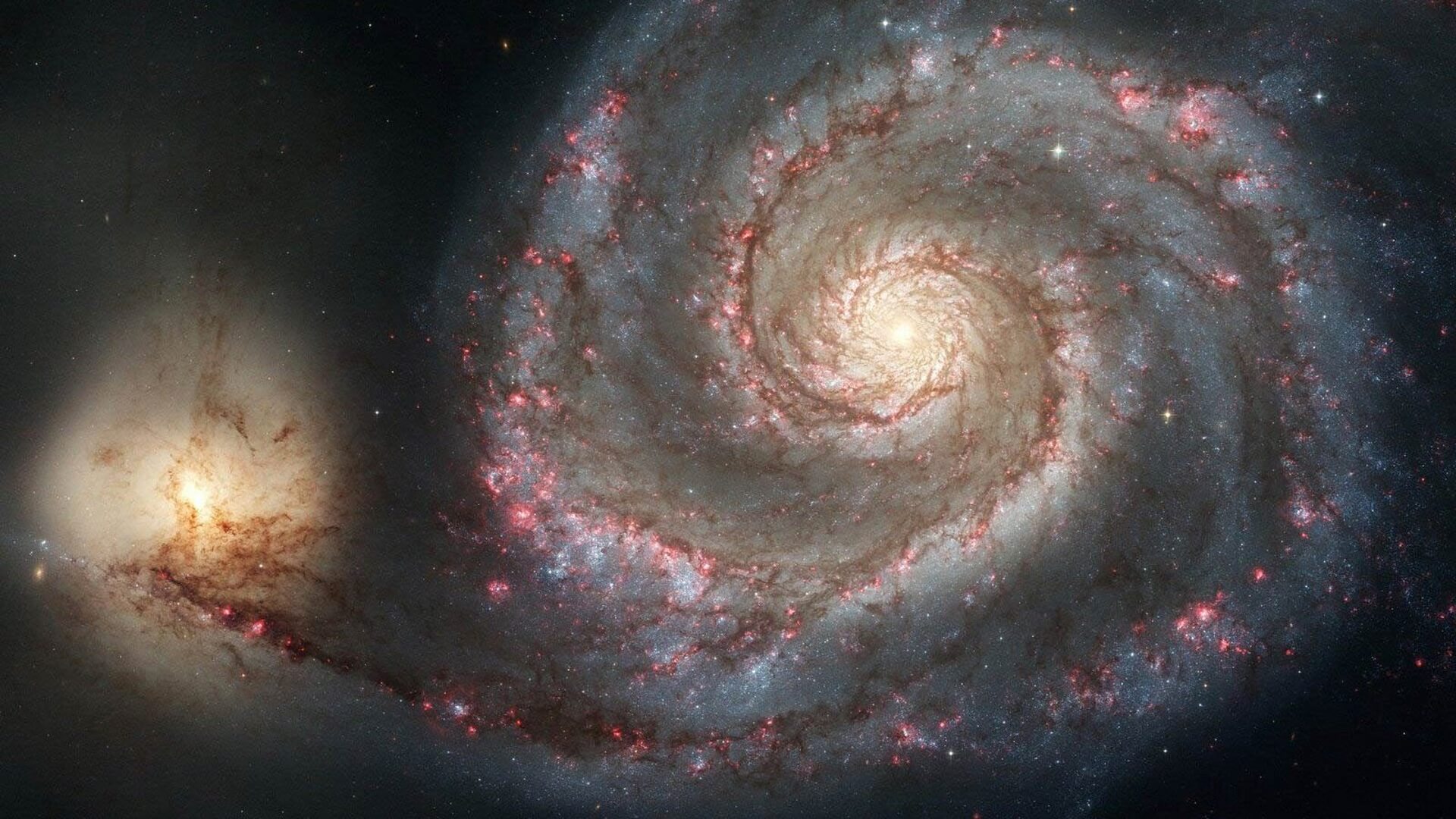
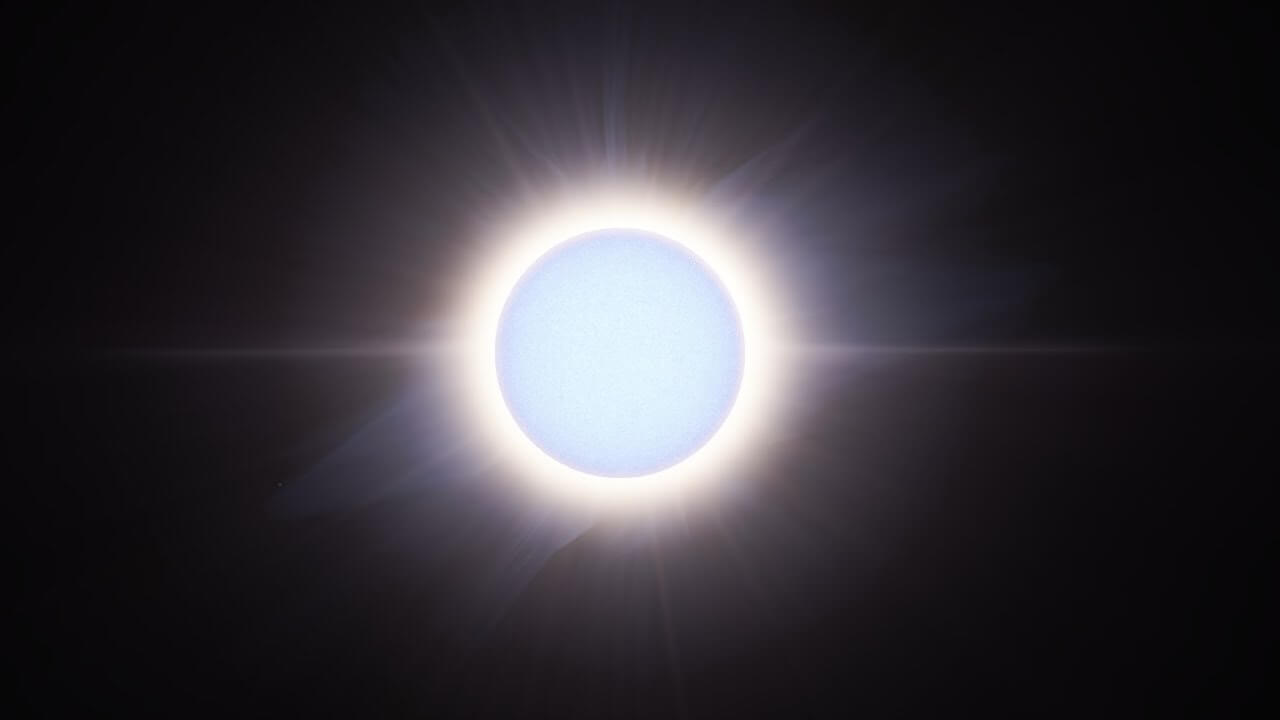
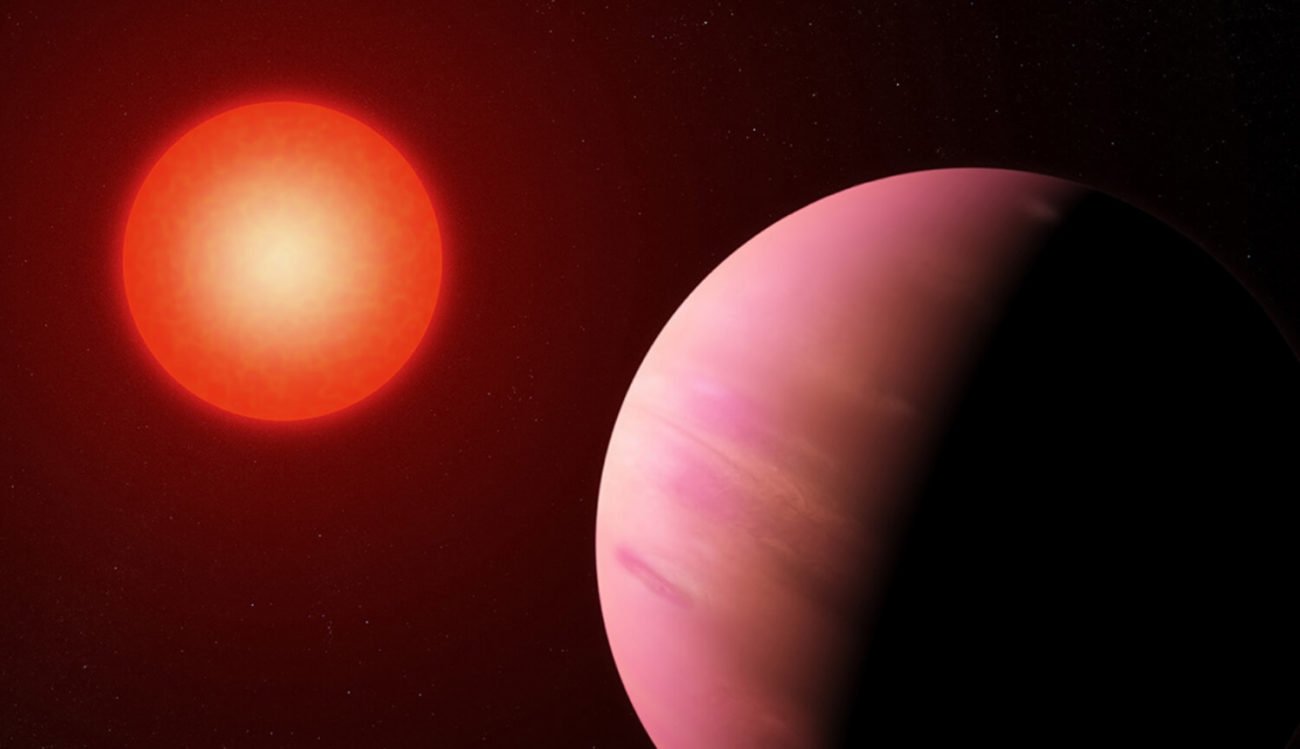

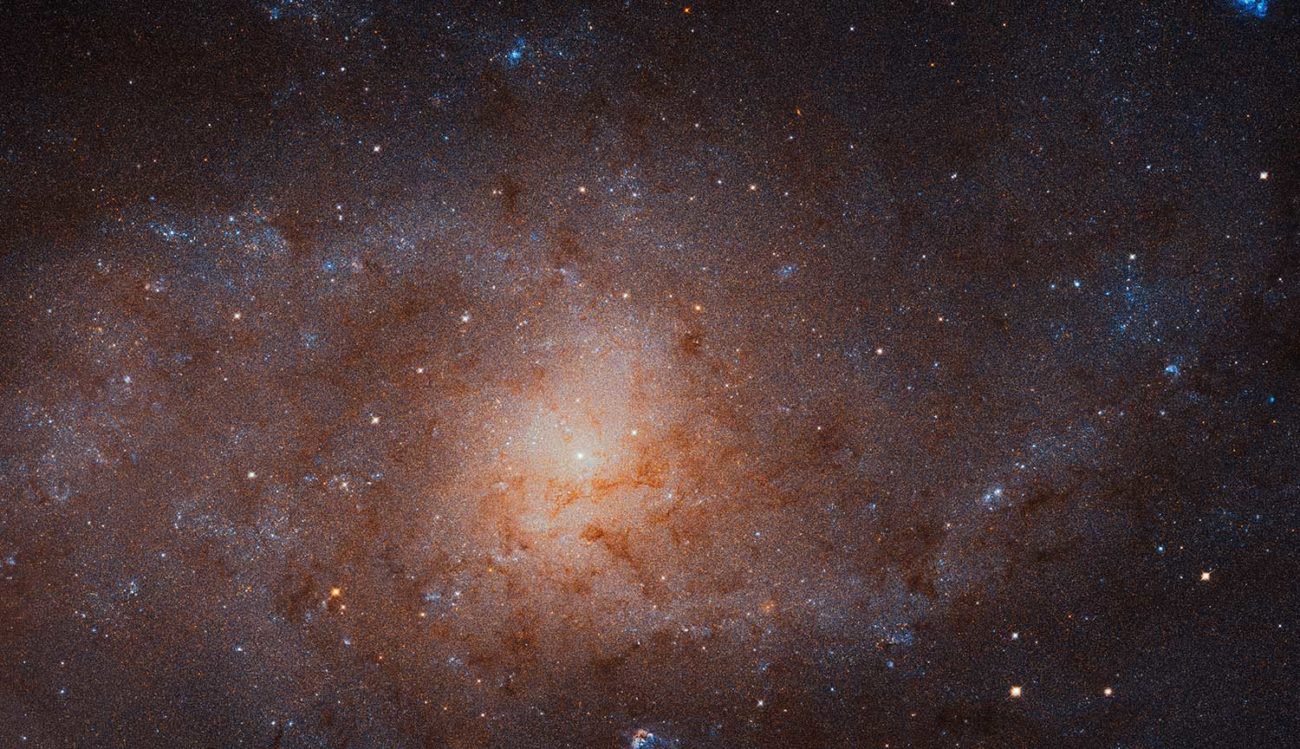
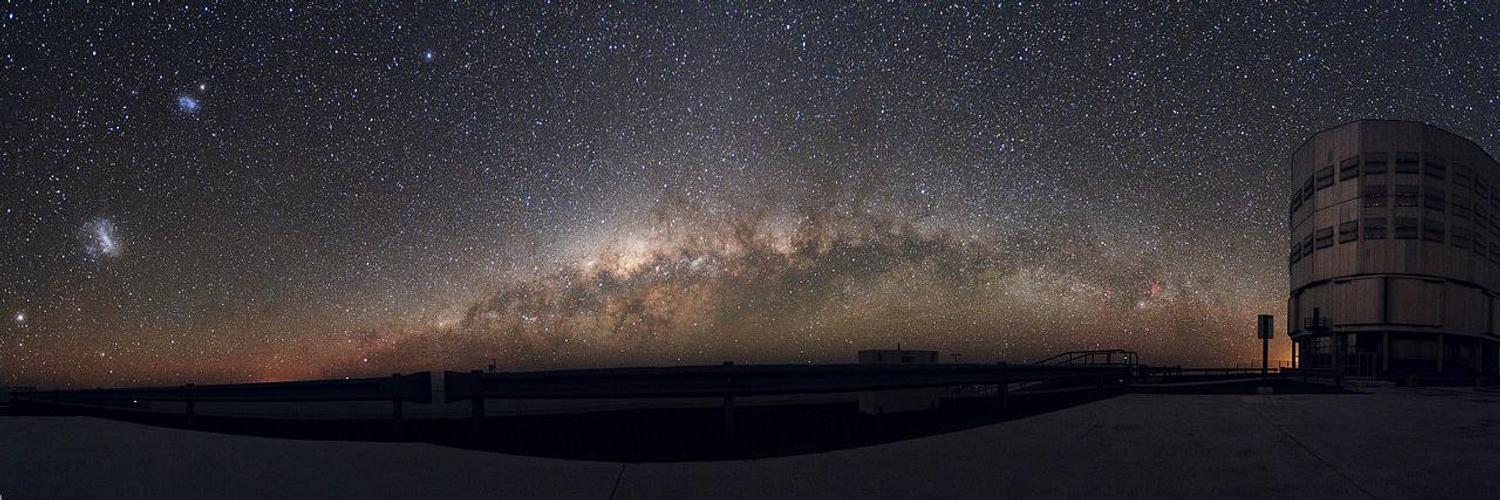
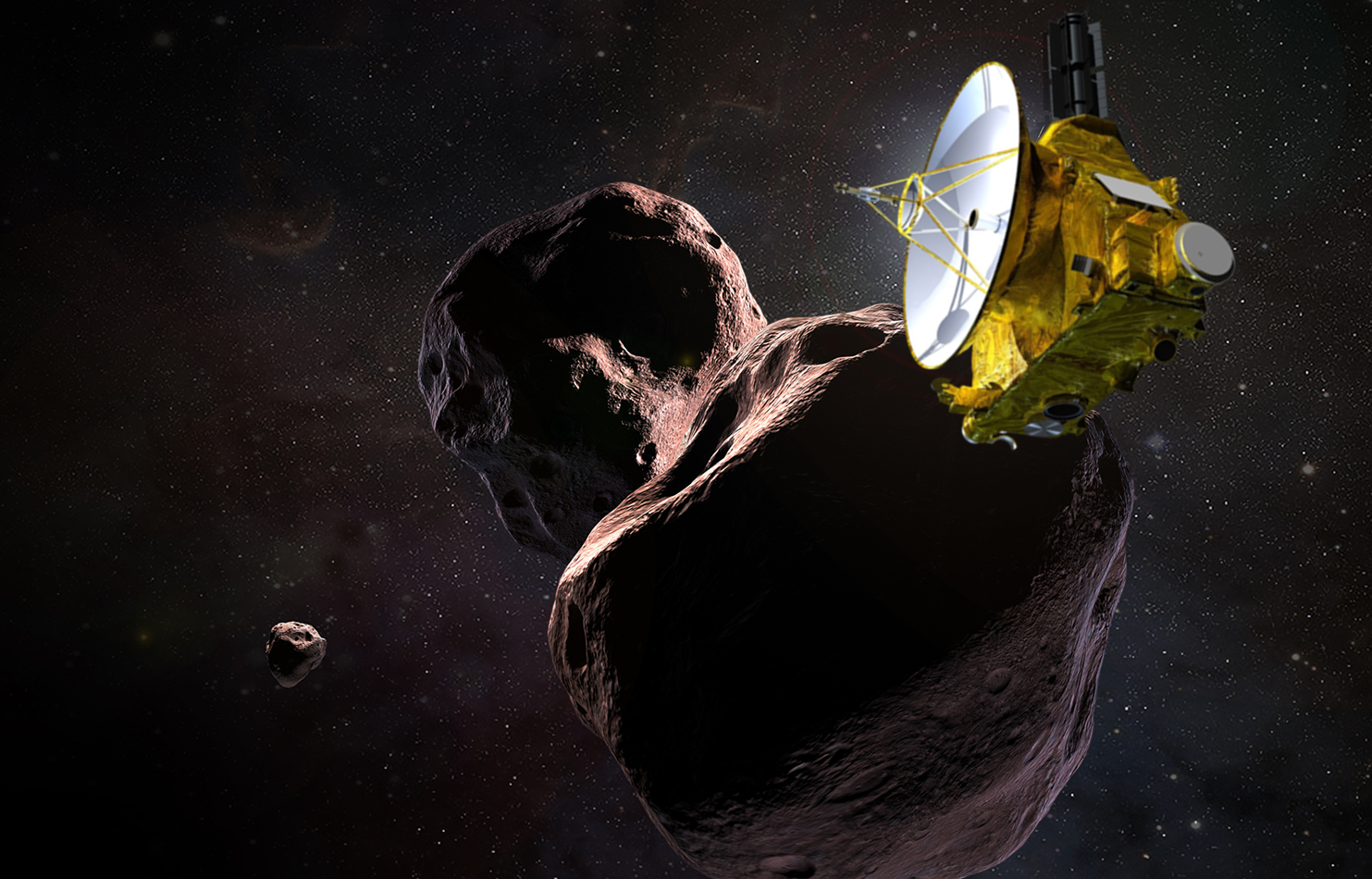
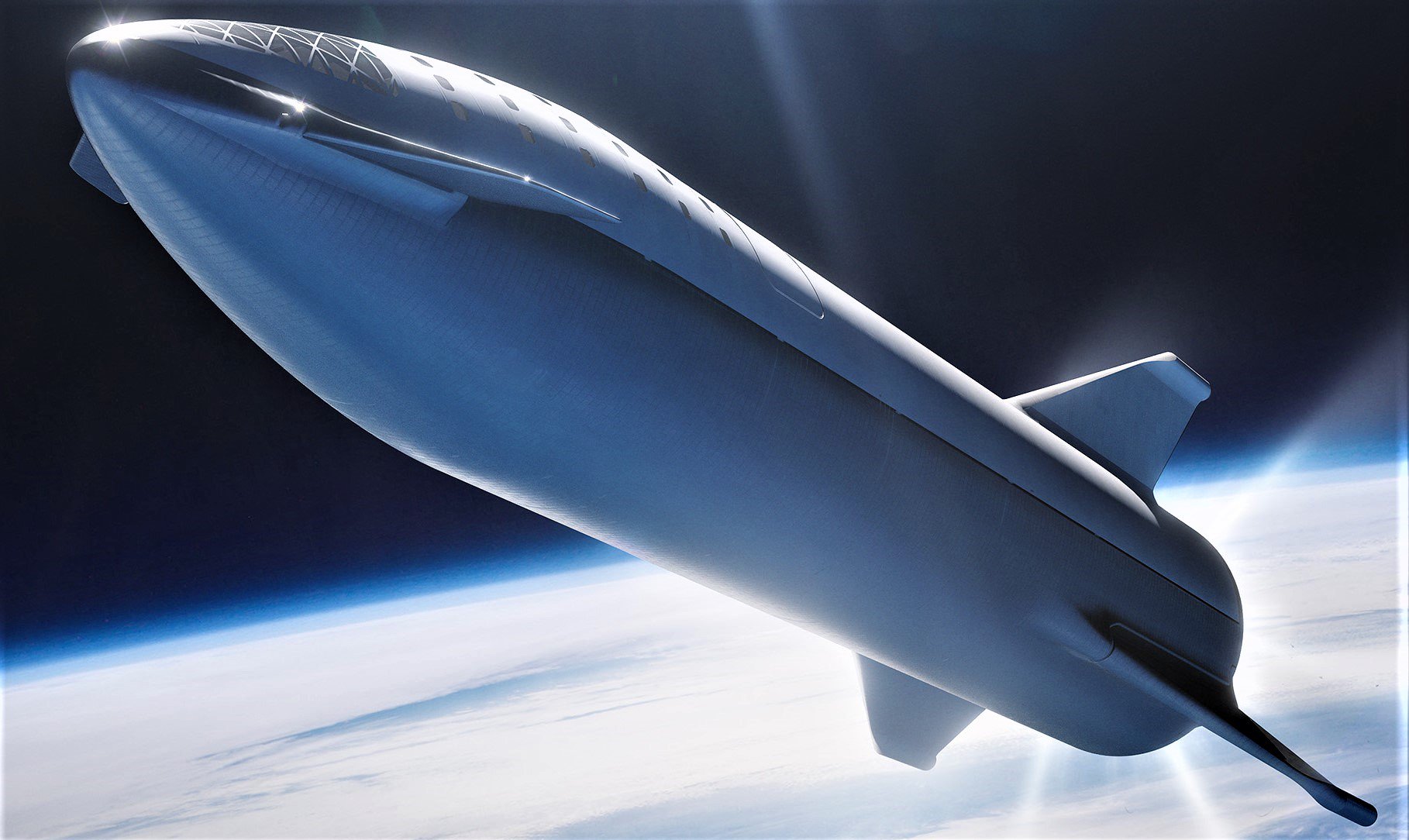
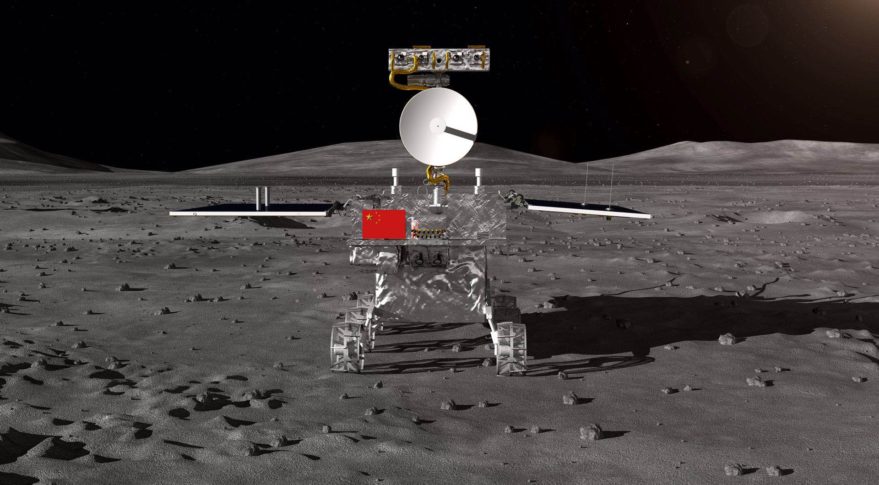
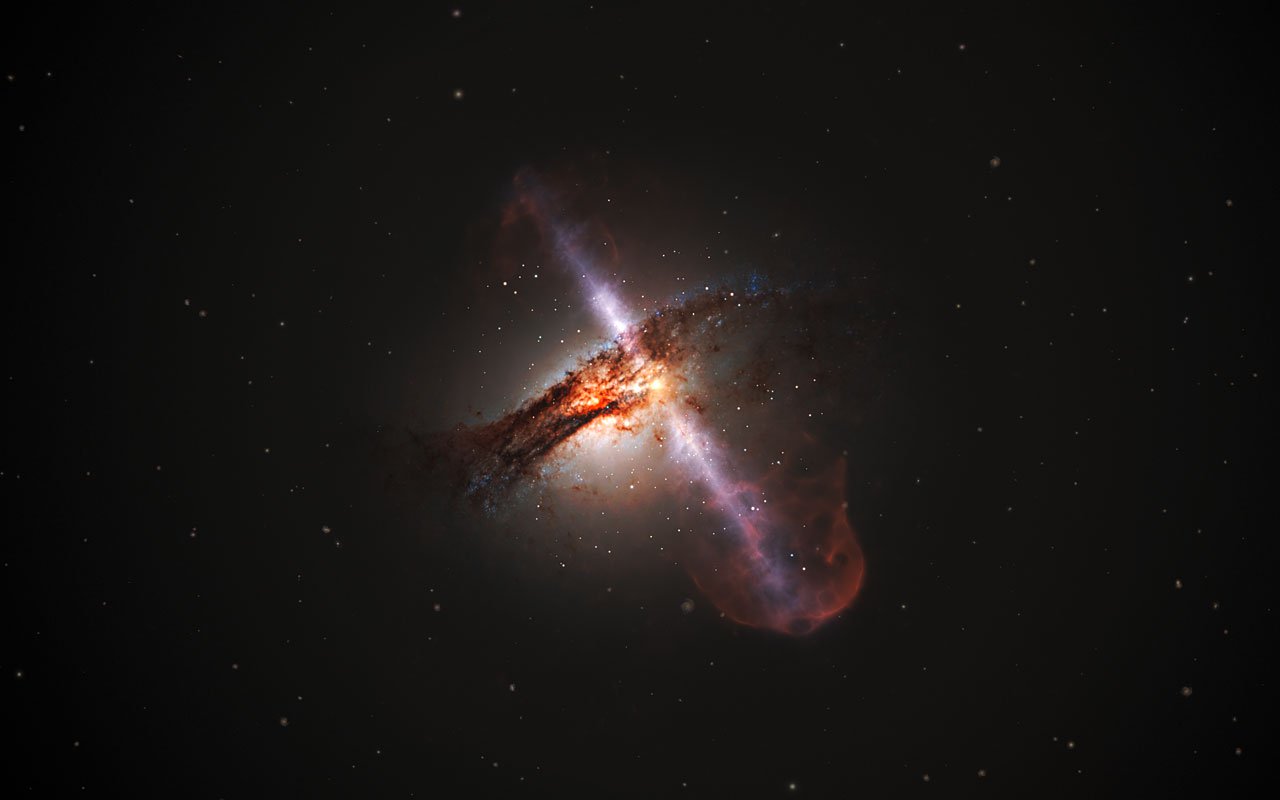

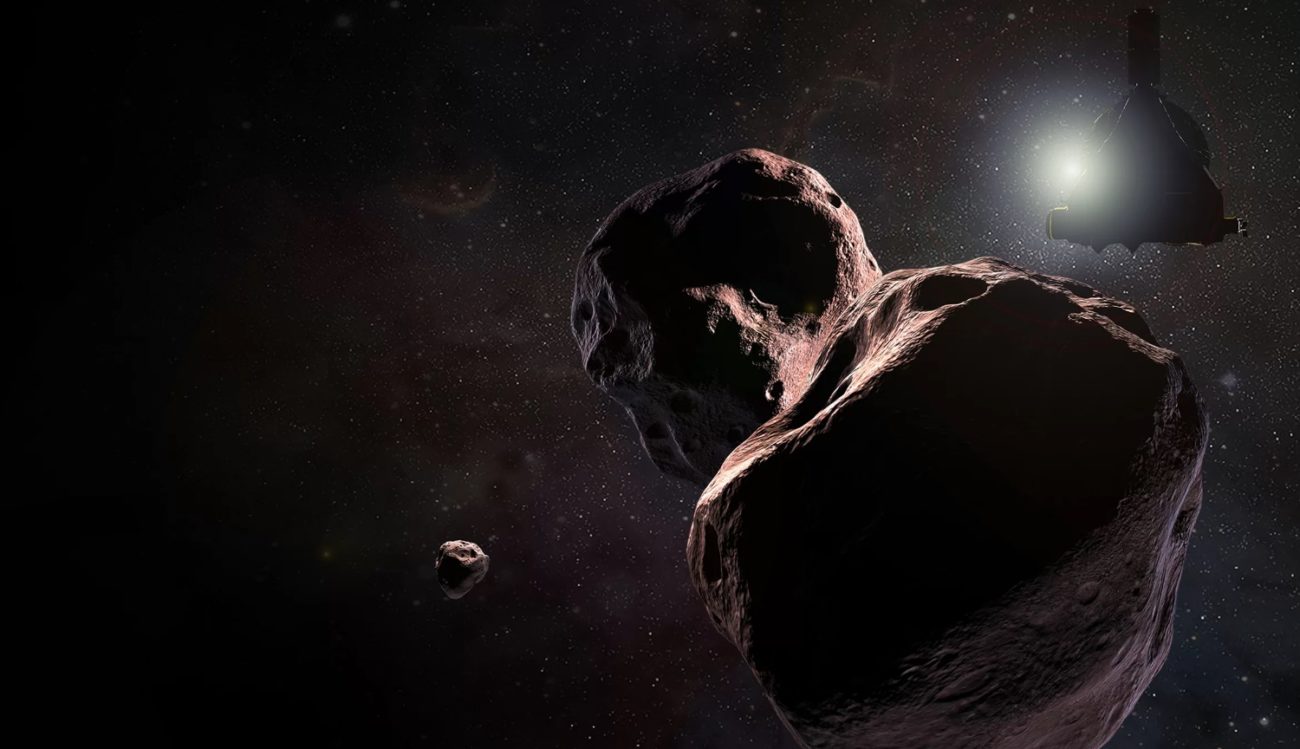

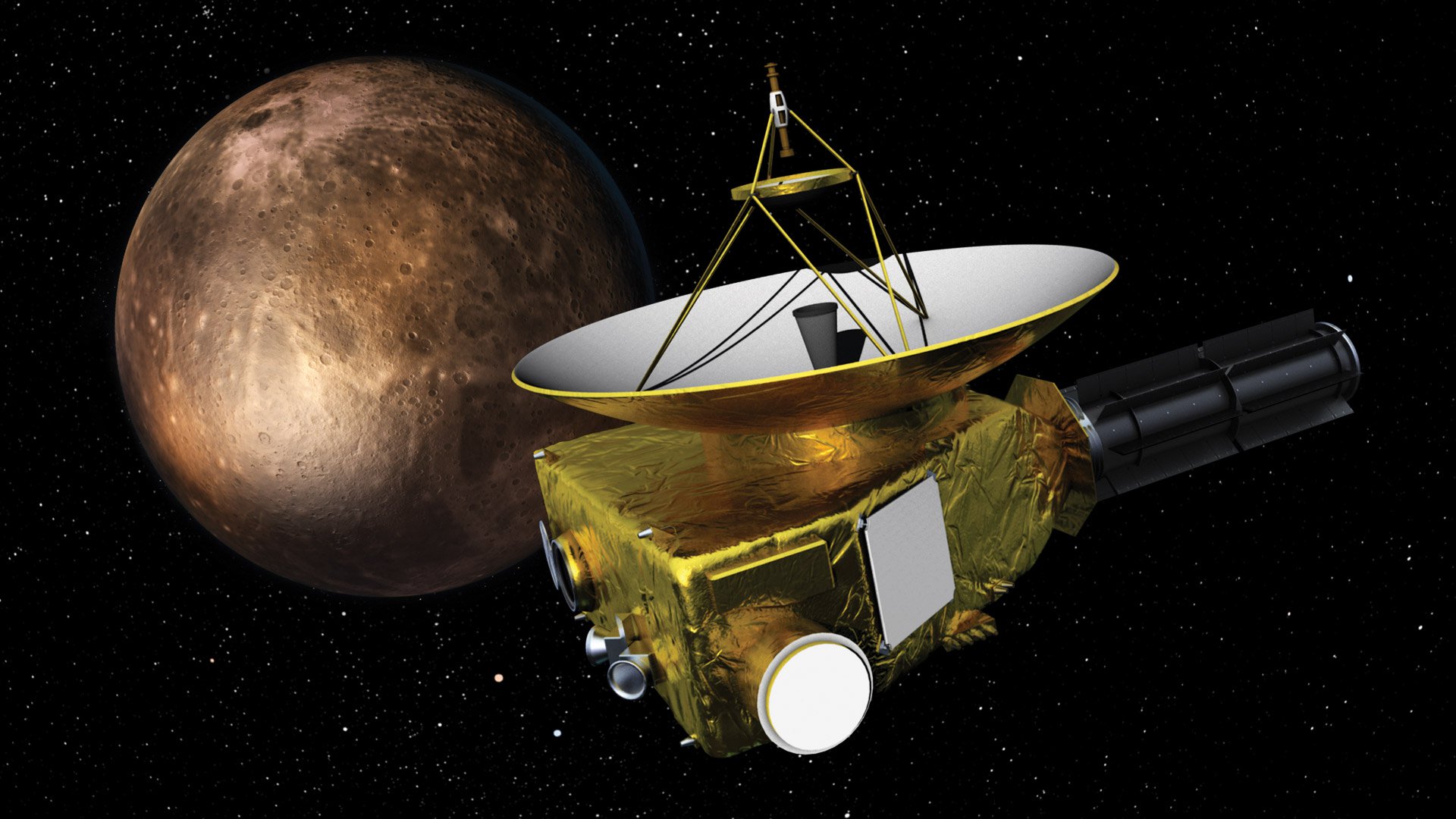

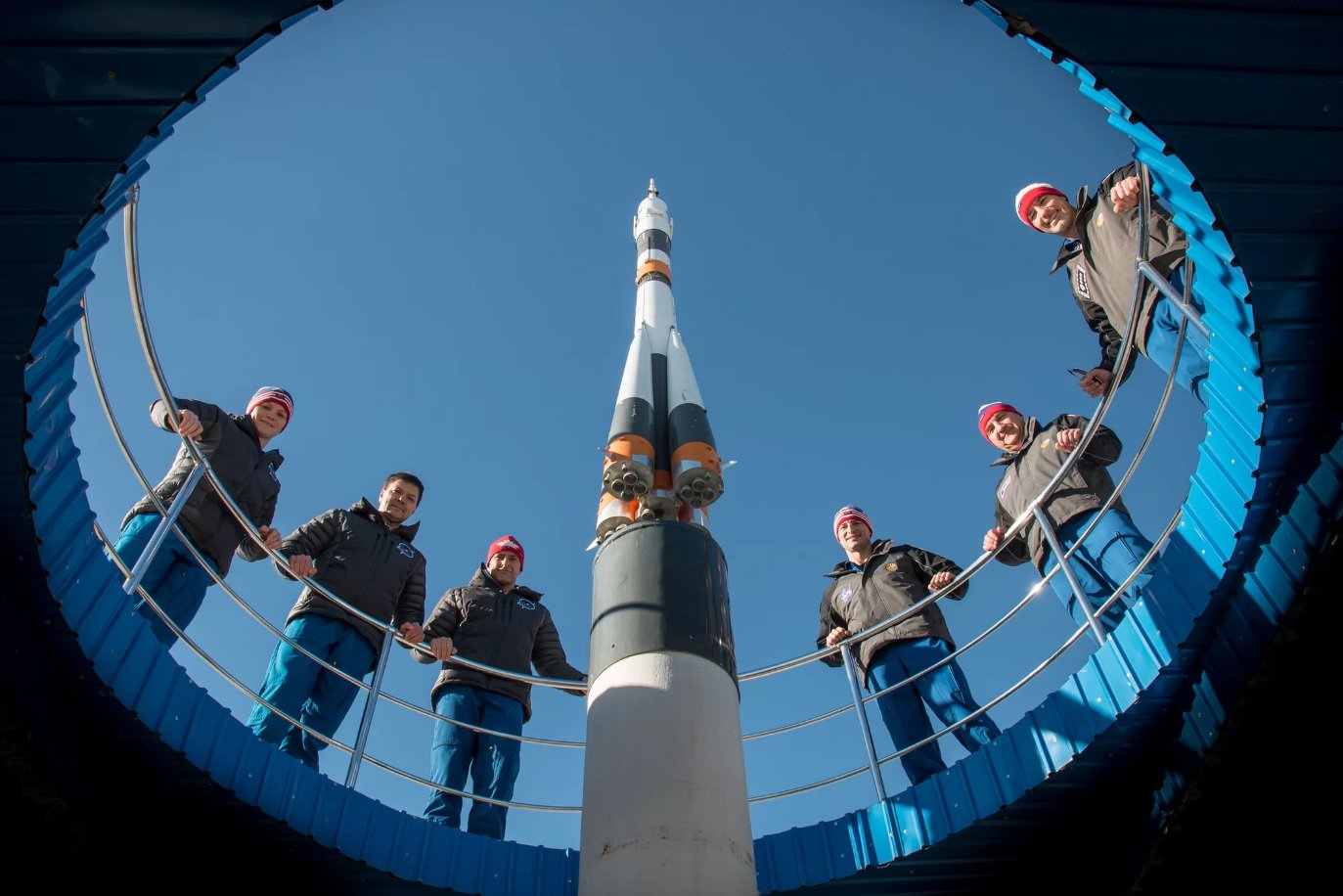
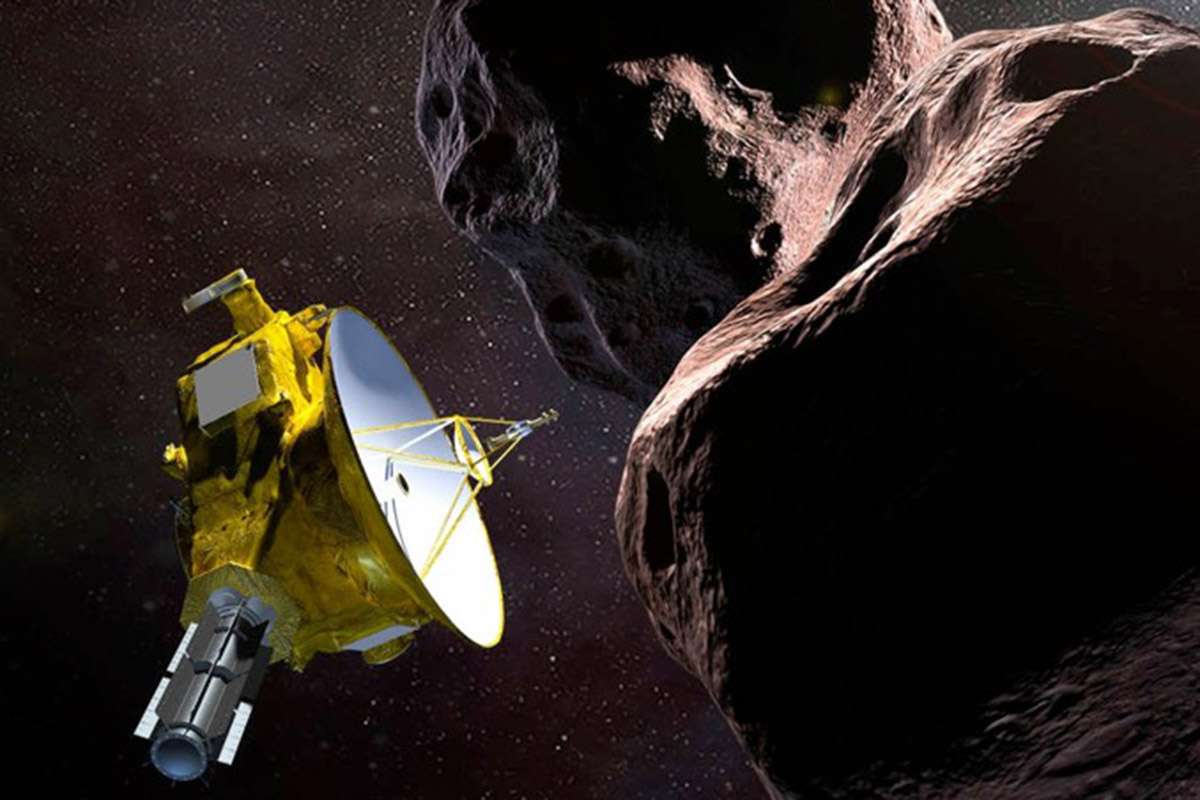
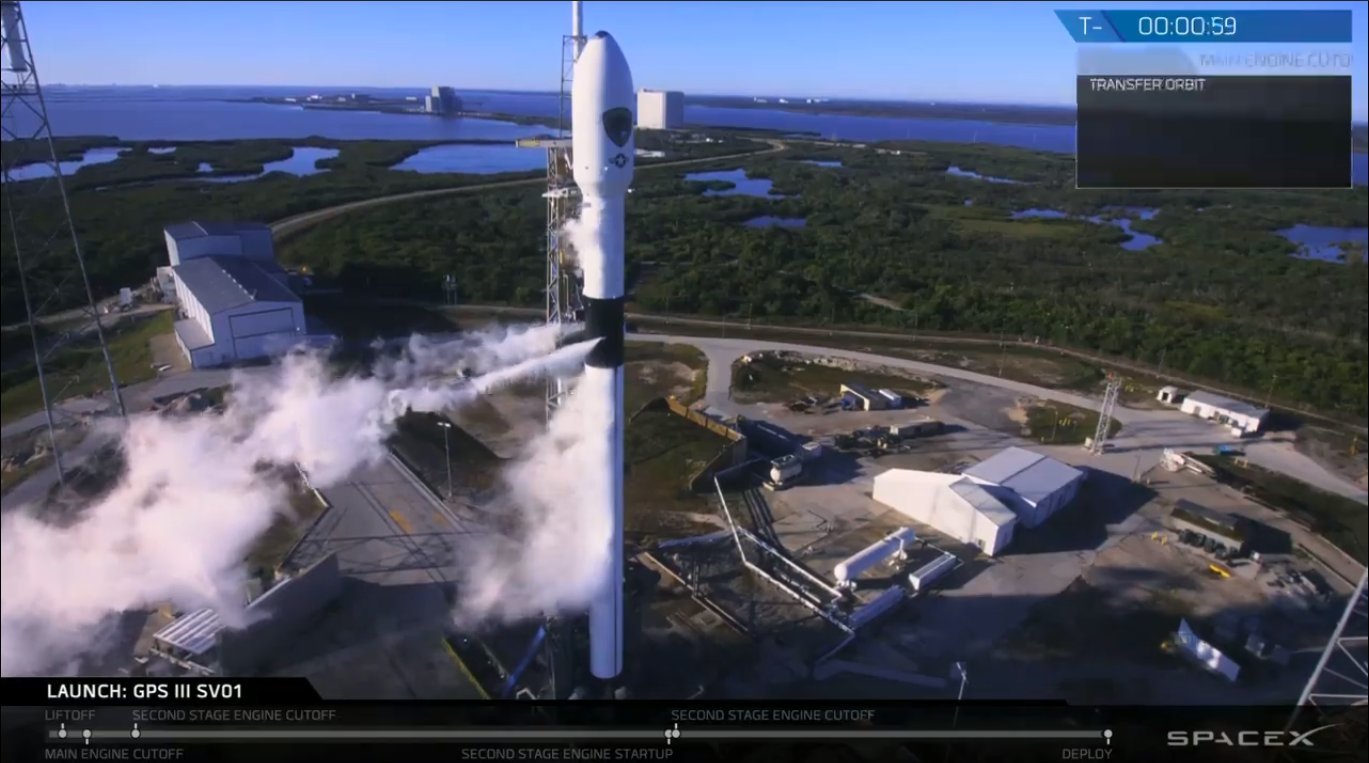
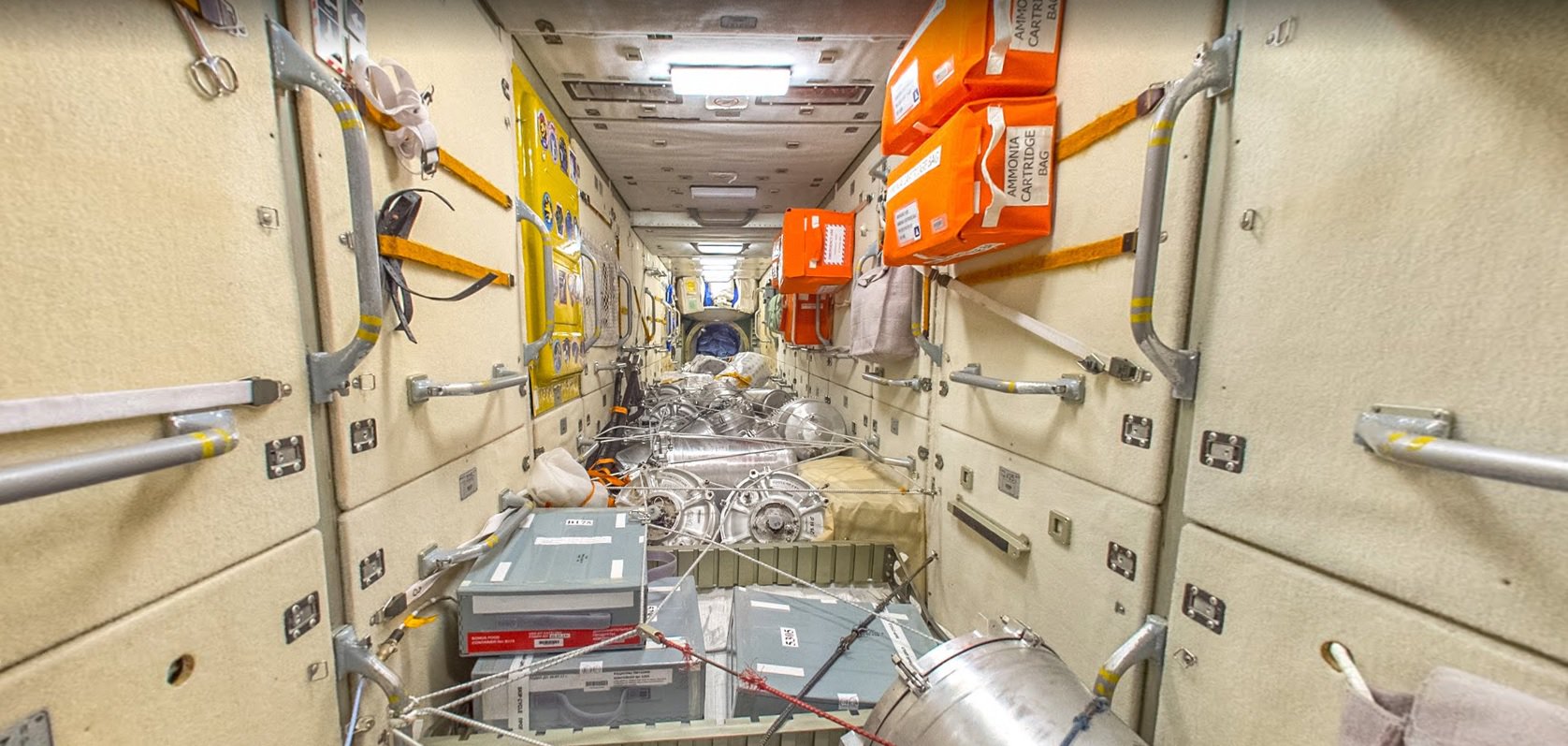
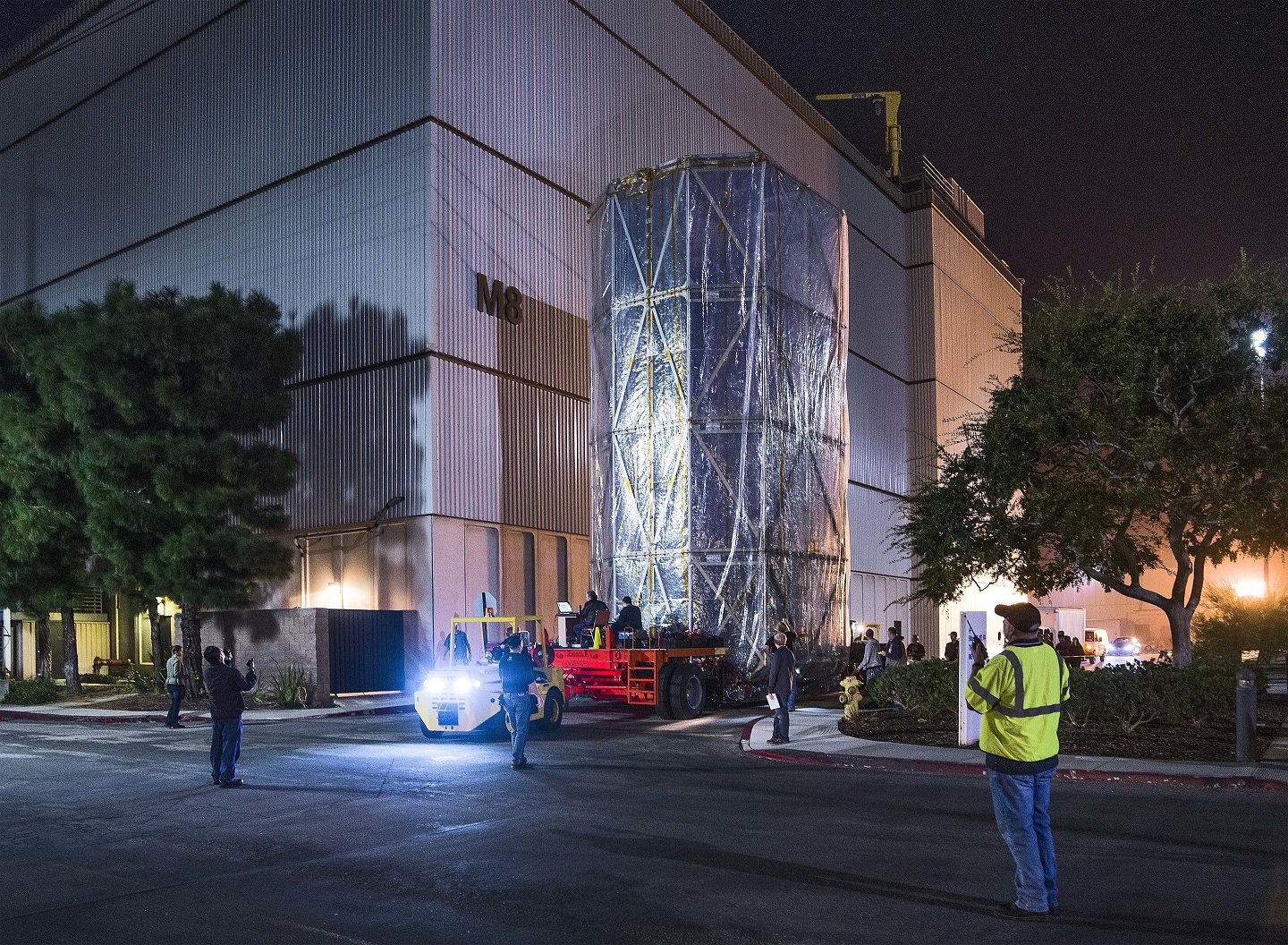

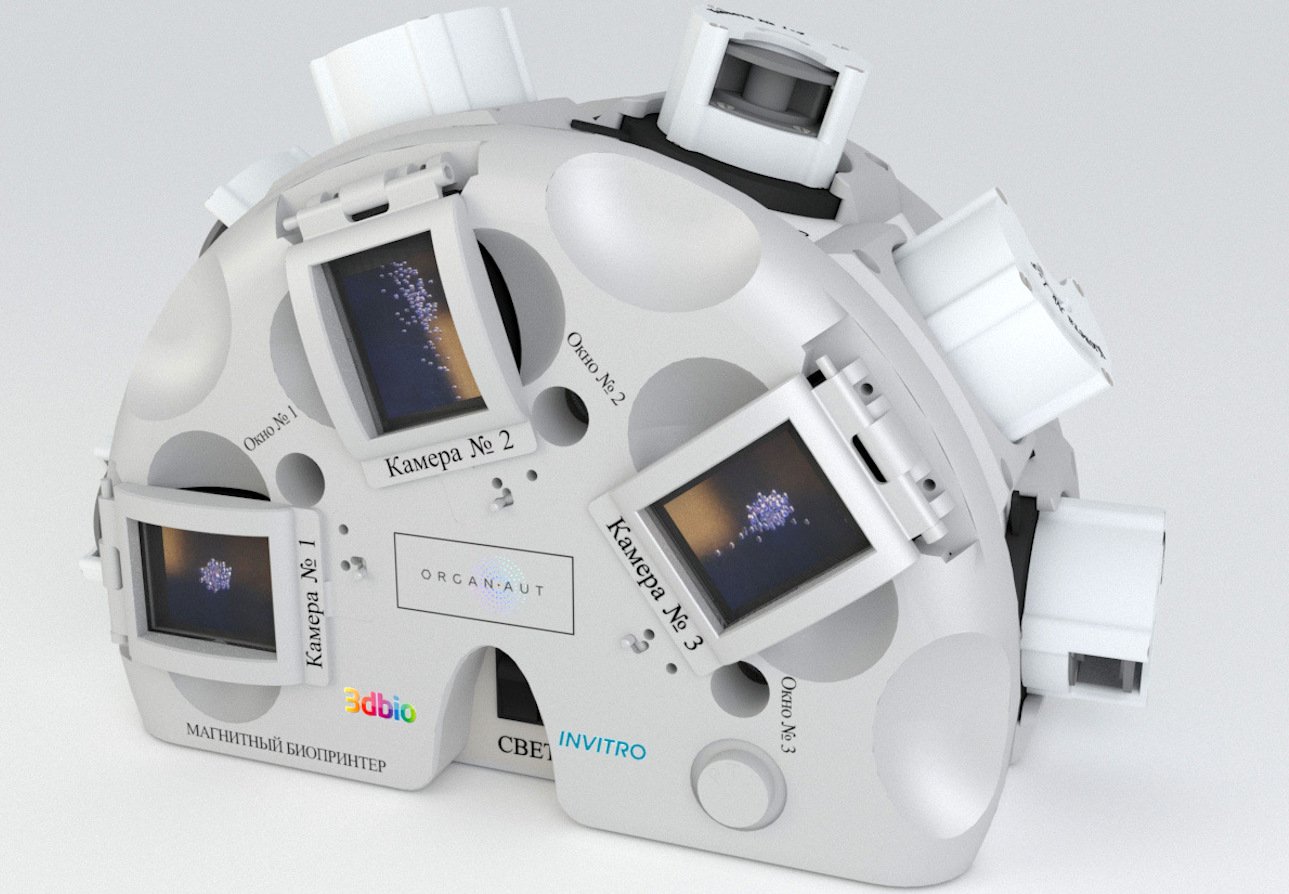
Comments (0)
This article has no comment, be the first!